1. Bastet
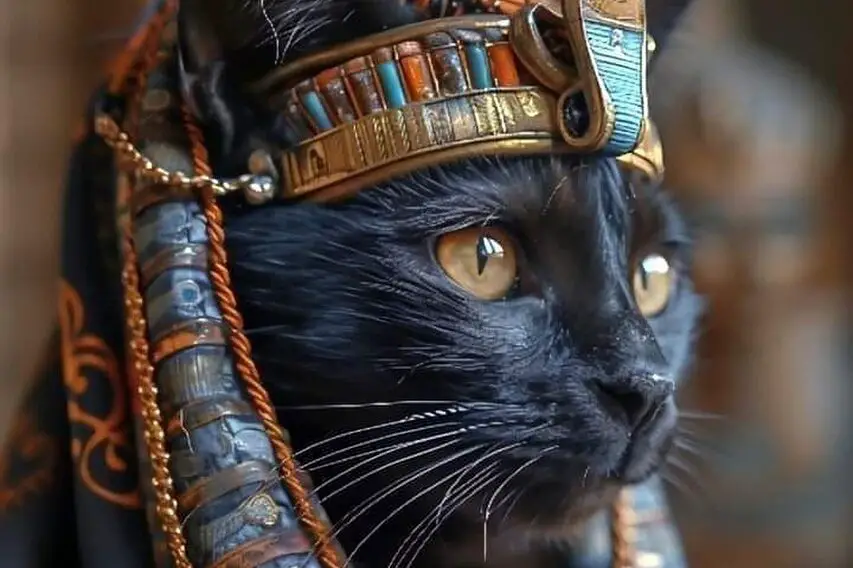
Bastet was no ordinary cat—she was a goddess, worshipped by the ancient Egyptians for thousands of years. Originally depicted as a fierce lioness, Bastet gradually took on the form of a domestic cat, symbolizing protection, fertility, and the home, according to Study.com. Her influence was so strong that harming a cat in ancient Egypt was considered a crime punishable by death. Temples were built in her honor, and she was revered as a divine protector of the people, particularly women and children. Her image was often seen in statues, carvings, and paintings, and she was believed to ward off evil spirits and disease.
The city of Bubastis became the center of her worship, with thousands of mummified cats discovered in her temple, suggesting that felines were deeply connected to her cult. Pilgrims traveled from all over Egypt to seek her blessings, and festivals in her honor were some of the most joyous celebrations in the land. The connection between cats and Bastet was so profound that Egyptian households welcomed cats into their homes, believing they carried her protective spirit. Even today, Bastet remains a powerful symbol of feline grace and mystery, proving that the reverence for cats is as ancient as civilization itself.
2. Félicette
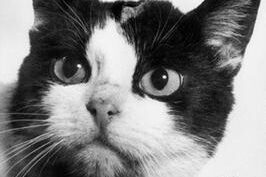
Félicette was a stray Parisian cat who made history by becoming the first feline to travel to space. In 1963, French scientists selected her for a groundbreaking mission to study the effects of space travel on living creatures, according to Wikipedia. She underwent extensive training, including time in centrifuges and isolation chambers, before being launched into space aboard a suborbital flight. Her mission lasted just 15 minutes, but it provided invaluable data on how animals—and eventually humans—would handle the stress of space travel. Unlike many other space animals, Félicette survived the mission, although she was later euthanized for further study.
For decades, her story was overshadowed by other space-faring animals like Laika the dog and Ham the chimpanzee. However, in recent years, Félicette has finally received the recognition she deserves. In 2019, a bronze statue of her was unveiled at the International Space University in Strasbourg, France, commemorating her contribution to space exploration. She remains a testament to how even the smallest creatures can play a role in humanity’s greatest adventures. Félicette’s legacy is a reminder that cats, often seen as independent and aloof, have contributed to scientific progress in ways many would never expect.
3. Unsinkable Sam
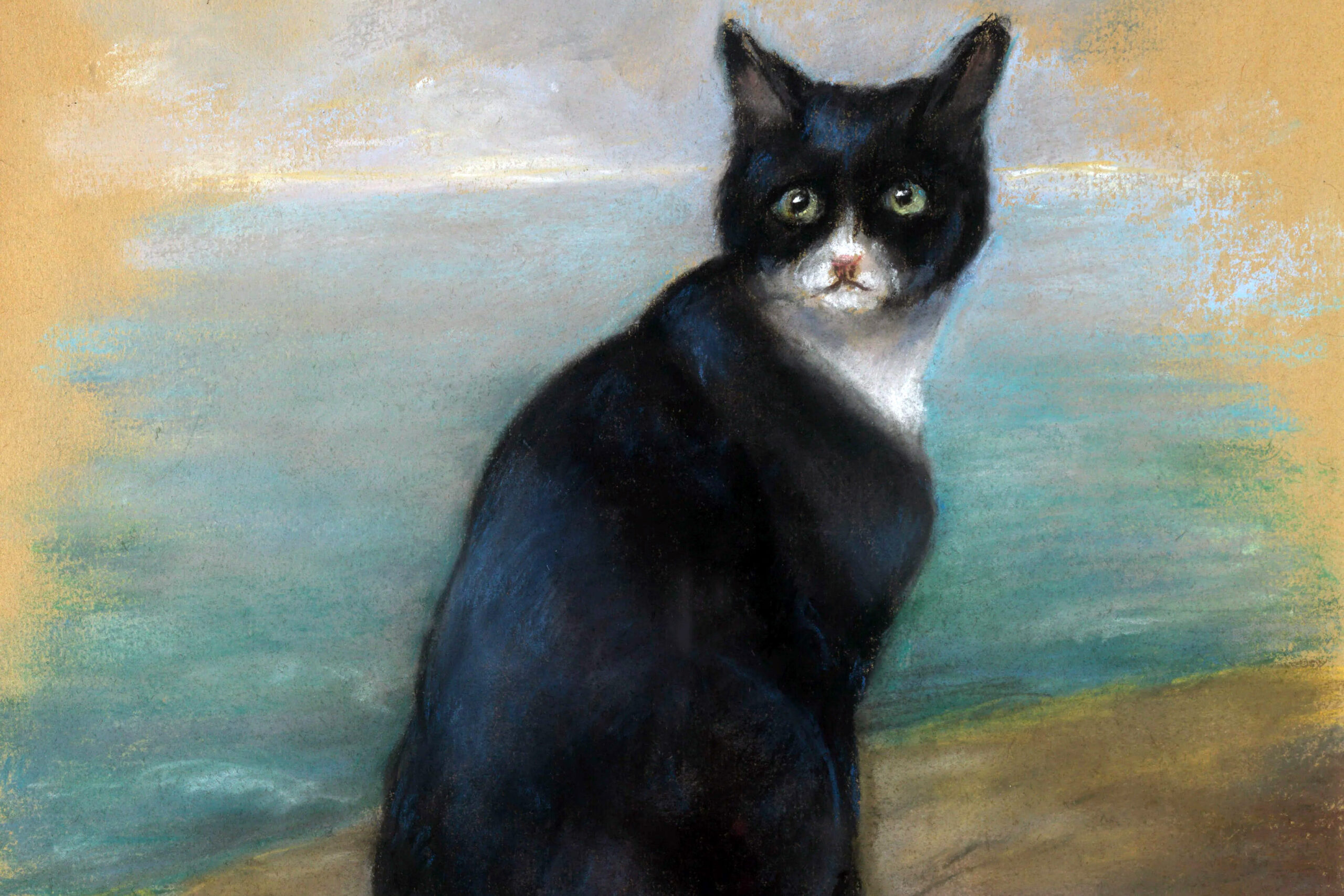
Unsinkable Sam, originally named Oscar, was a ship’s cat who earned his legendary reputation by surviving three different shipwrecks during World War II. He first served aboard the German battleship Bismarck, which was sunk in 1941, according to Bite Sized Britain. Miraculously, Sam was found floating on a plank of wood and was rescued by the British destroyer HMS Cossack. However, just months later, the Cossack was also sunk, and once again, Sam survived. He was then transferred to the aircraft carrier HMS Ark Royal, which met the same fate. Somehow, Sam managed to survive all three disasters, leading sailors to believe he had supernatural luck.
Following his incredible survival streak, Sam was retired from naval duty and spent his remaining years in a peaceful home on land. His story became a source of both amusement and admiration as sailors marveled at his uncanny ability to escape death. He was later immortalized in paintings, and his tale has been passed down as one of the most astonishing examples of feline resilience. Unsinkable Sam’s legendary status proves that cats have an extraordinary knack for survival, even in the most perilous situations. His story continues to inspire cat lovers and naval historians alike.
4. Trim
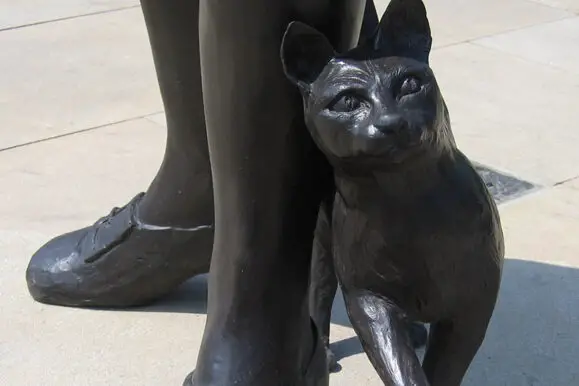
Trim was the beloved feline companion of Matthew Flinders, the British navigator and cartographer who was the first to circumnavigate Australia. Born aboard Flinders’ ship, Trim grew up at sea, developing an adventurous and fearless nature, according to Wikipedia. Unlike most cats, he was comfortable with the unpredictable movements of a ship and often accompanied the crew on exploration. He quickly became a favorite among the sailors, who admired his intelligence, agility, and boldness. Trim was even known to perform small tricks, such as jumping through hoops, which furtherendeared him to the crew.
Trim’s greatest adventures took place during Flinders’ historic journey to map the coastline of Australia. Throughout the perilous voyage, he survived shipwrecks, near-drownings, and even an attack by a group of hungry sailors who considered eating him when supplies ran low. Despite these dangers, he remained loyal to Flinders, staying by his side even during the captain’s imprisonment on the island of Mauritius. Trim eventually disappeared under mysterious circumstances, but his legacy lives on. Today, statues of Trim can be found in both Australia and England, commemorating his role in one of history’s greatest exploratory missions.
5. Tibbles
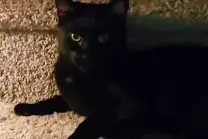
Tibbles was an ordinary-looking cat with an extraordinary impact—though not in a positive way. In the late 19th century, he accompanied his owner, a lighthouse keeper, to Stephens Island in New Zealand. There, he became an efficient hunter, preying upon a small, flightless bird called the Stephens Island wren, according to Business Insider. Unfortunately, these birds had no natural defenses against cats, and Tibbles, along with other introduced felines, hunted them relentlessly. Within a very short period, the Stephens Island wren became extinct, making Tibbles (at least symbolically) one of the few individual animals to be credited with wiping out an entire species.
Tibbles’ story serves as a cautionary tale about the unintended consequences of introducing non-native species to fragile ecosystems. While he was simply following his natural instincts, his actions highlighted the devastating impact that domesticated animals can have on wildlife. His legacy is both infamous and educational, frequently cited in discussions about conservation and biodiversity loss. Today, conservationists work hard to prevent similar tragedies, using lessons learned from cases like Tibbles’ to protect vulnerable species from extinction.
6. Mrs. Chippy
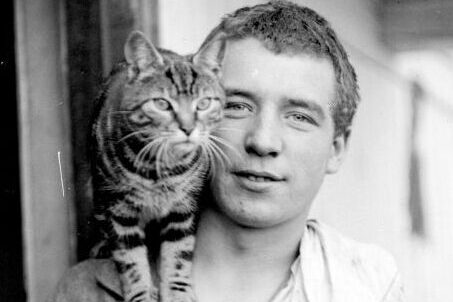
Mrs. Chippy was a tough, tiger-striped tabby who joined Sir Ernest Shackleton’s Endurance expedition to Antarctica in 1914. Despite the misleading name, Mrs. Chippy was actually a male cat, named after his owner, ship’s carpenter Harry “Chippy” McNish. As the expedition’s feline companion, he quickly became a beloved member of the crew, known for his calm demeanor and uncanny ability to balance on the ship’s narrow rails. His presence brought comfort to the sailors during the long, harsh journey across icy waters.
Tragically, when the Endurance became trapped in the Antarctic ice and was eventually abandoned, Mrs. Chippy could not be saved. Shackleton made the heartbreaking decision to have him put down, fearing he would not survive the extreme conditions. His loss was deeply felt by the crew, especially McNish, who never forgave Shackleton for the decision. In later years, Mrs. Chippy’s memory was honored with a bronze statue on McNish’s grave, recognizing not only the bond between man and cat but also the courage of an animal who shared in one of history’s most daring survival stories.
7. Simon
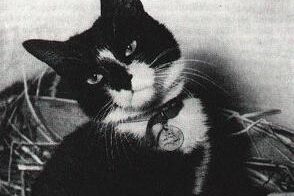
Simon was a scrappy, black-and-white cat who served aboard the British Royal Navy ship HMS Amethyst during the Chinese Civil War. Originally found as stray in Hong Kong, he was taken aboard the ship and quickly became an expert at hunting rats, earning the sailors’ admiration. In 1949, during the infamous Yangtze Incident, the Amethyst came under heavy fire from Communist forces, and Simon was seriously wounded. Despite his injuries, he continued to hunt rats and boost the morale of the surviving crew members.
For his bravery and service, Simon was awarded the prestigious Dickin Medal, often referred to as the animal equivalent of the Victoria Cross. He became a symbol of resilience and loyalty, proving that even in the midst of war, a humble ship’s cat could make a difference. His story captured the hearts of people around the world, and after his death from illness, he was buried with full military honors. Today, Simon’s name lives on as one of the most famous feline heroes in history.
8. Dewey Readmore Books
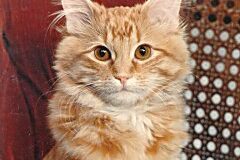
Dewey Readmore Books was a stray kitten abandoned in the book return slot of the Spencer Public Library in Iowa on a freezing winter night in 1988. The library staff rescued him, and he quickly became a beloved resident, charming visitors with his affectionate nature and love for books. Dewey’s presence transformed the library into more than just a place for reading—it became a warm and welcoming community space where people gathered to visit their favorite feline.
Over the years, Dewey’s fame spread beyond Spencer, attracting visitors from around the world who came to meet the famous library cat. His story was eventually turned into a best-selling book, Dewey: The Small-Town Library Cat Who Touched the World, which further cemented his legacy. Even after his passing in 2006, Dewey remains an enduring symbol of how animals can bring joy and comfort to people in the most unexpected places. His influence continues to inspire libraries, with many adopting their own feline mascots in his honor.
9. Scarface
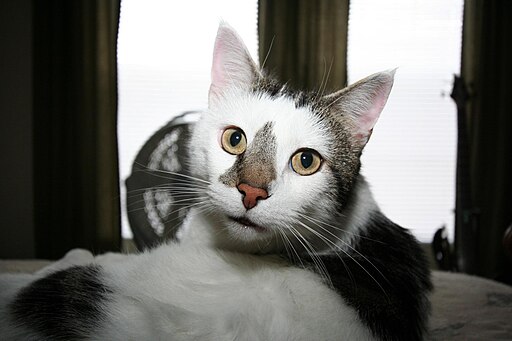
Scarface was a legendary street cat who ruled the alleys of Istanbul, a city famous for its feline residents. Known for his distinctive battle scars and fearless attitude, he became a symbol of resilience in the face of hardship. Despite living as a stray, Scarface was adored by locals, who admired his independence and tenacity. Unlike other street cats who sought human companionship, Scarface preferred to roam on his own, only accepting food on his own terms.
His legend grew as he survived countless fights, harsh winters, and territorial battles with rival cats. Locals often compared him to a warrior, respecting his unmatched ability to defend his turf. Though he eventually passed away, his memory lives on in the countless photos and stories shared by Istanbul’s residents. Scarface remains an icon of feline strength and survival, embodying the unbreakable spirit of street cats everywhere.
10. Grumpy Cat
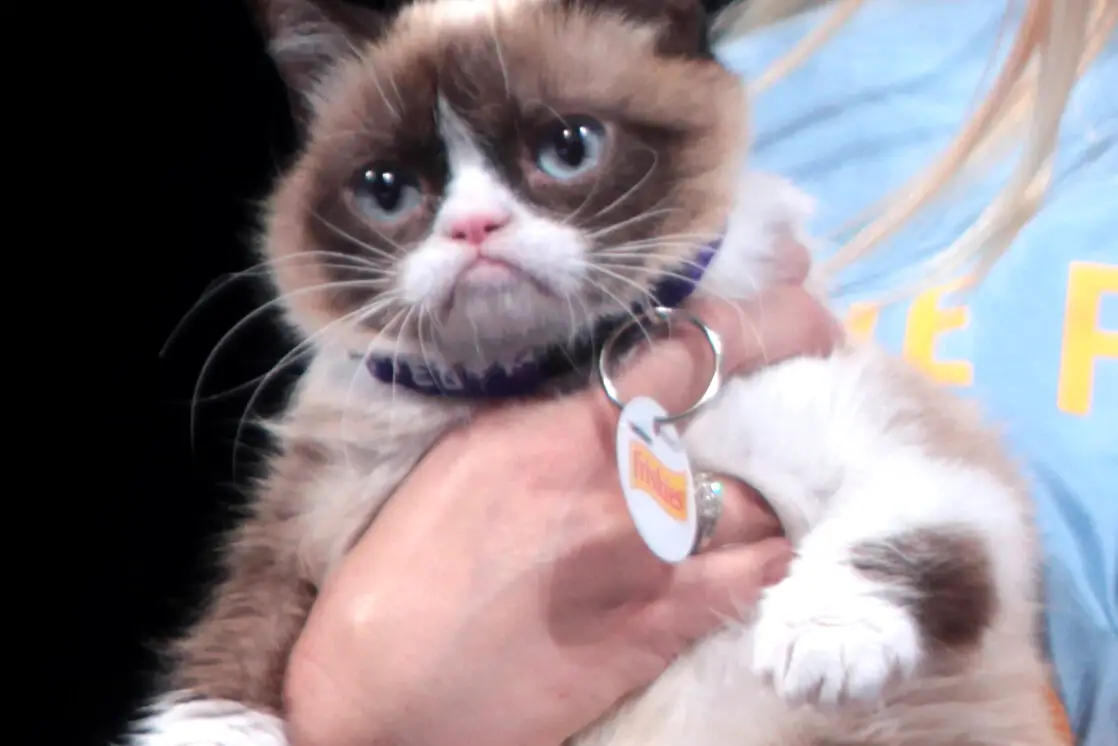
Grumpy Cat, whose real name was Tardar Sauce, became an internet sensation in 2012 thanks to her permanently grumpy expression, caused by feline dwarfism and an underbite. Her unique look made her an instant meme, spreading across social media like wildfire. People connected with her seemingly unimpressed demeanor, and she quickly became the face of countless jokes and merchandise, turning into one of the most famous cats in the digital age.
Beyond her viral fame, Grumpy Cat became a symbol of humor and relatability in an era dominated by internet culture. She starred in commercials, appeared on talk shows, and even had her own Christmas movie. Her influence extended beyond memes, as she helped raise awareness for animal welfare and inspired fans to adopt shelter pets. Even after her passing in 2019, her legacy remains, proving that even a small cat with a grumpy face can leave an enormous impact on the world.


